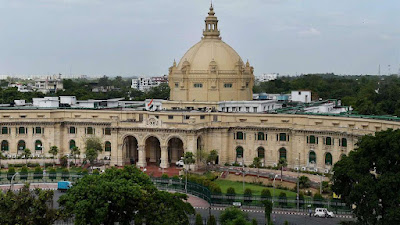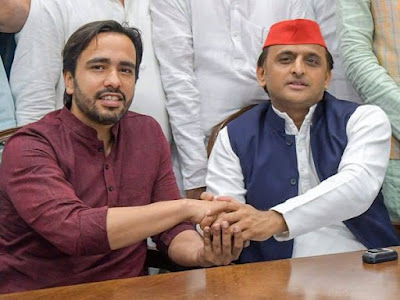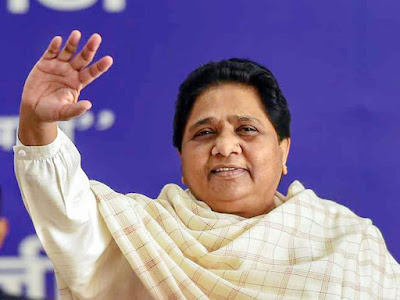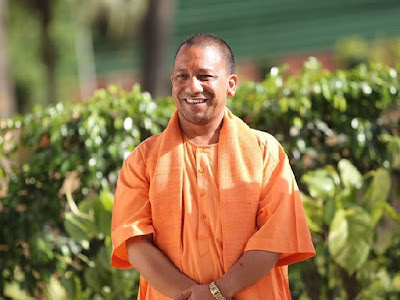In a significant development for Delhi politics, Aam Aadmi Party (AAP) leader Atishi assumed the role of Chief Minister on September 22, 2024. This move comes after Arvind Kejriwal, the long-standing face of AAP and Delhi’s governance, stepped down amidst legal challenges. Atishi’s appointment marks a temporary but symbolic transition, underscoring both her leadership potential and the resilience of the AAP government.
The Context: Why Atishi?
Atishi’s rise to the Chief Minister's office wasn’t a surprise to those following her trajectory in Delhi’s political landscape. A well-regarded figure within AAP, she has been pivotal in shaping Delhi’s education reforms and other critical governance sectors. Her appointment as the city’s third woman Chief Minister after Sushma Swaraj and Sheila Dikshit is a testament to her growing influence within the party. Arvind Kejriwal, under legal scrutiny in a high-profile excise policy case, passed on the baton to Atishi, expressing confidence in her ability to handle Delhi's governance during his absence.
A Caretaker CM with a Symbolic Role
Upon taking office, Atishi made it clear that her role is that of a caretaker Chief Minister. In an emotional speech, she referenced the Ramayana, likening her position to that of Bharat, who ruled in Lord Ram’s stead during his exile. Atishi left Kejriwal's chair beside her symbolically empty, reaffirming her intent to hold the fort until his anticipated return following the 2025 elections. This gesture has drawn attention, not only for its humility but also for the political messaging it conveys—a government that continues to function smoothly despite leadership transitions.
Challenges Ahead for Atishi
Atishi’s new responsibilities are vast. She retains her key portfolios, including education, finance, power, and PWD, which have been central to AAP's governance model. As the de facto head of the Delhi government, she will also have to tackle pending projects, launch new initiatives, and manage the city’s day-to-day challenges, especially as Delhi heads towards elections in February 2025. Given that this is a caretaker role, one of her biggest challenges will be to maintain stability and momentum without making decisions that could be perceived as overstepping Kejriwal’s mandate.
Public Reaction and Opposition Criticism
Atishi’s appointment has not been without its controversies. Delhi BJP leaders have criticized the symbolic gestures surrounding her appointment, calling it an insult to the office of the Chief Minister. Opposition leaders have also raised concerns about whether Kejriwal is still controlling the government "by remote," despite stepping down. However, Atishi's supporters argue that these critiques are a reflection of her growing political stature and the opposition’s attempts to undermine her credibility as a leader.
A Glimpse into the Future
At 43, Atishi represents a new generation of leadership in Delhi politics. Her track record in education, her firm grasp of governance, and her commitment to Kejriwal’s vision for the city have already earned her widespread support. Whether she will seek a more permanent role in Delhi’s leadership or continue to serve in her current caretaker capacity will depend largely on the outcome of the 2025 elections. For now, her focus remains on ensuring the continuity of governance and upholding the legacy of the AAP government.
As Delhi prepares for its next political chapter, all eyes are on Atishi. Whether she can maintain the stability of the city while carving out her own political identity will be critical in the coming months. One thing is clear: her temporary leadership marks an important milestone in the evolution of AAP’s governance model.
Atishi’s ascension to the Chief Ministership of Delhi is a poignant moment for AAP and its supporters. It symbolizes continuity amidst challenge and offers a glimpse of what the future of the party—and the city—could look like under her leadership.






















